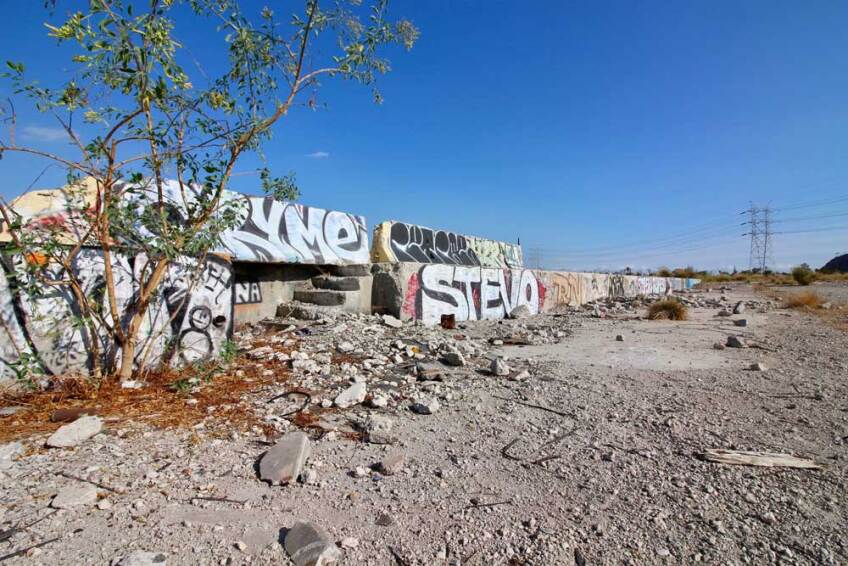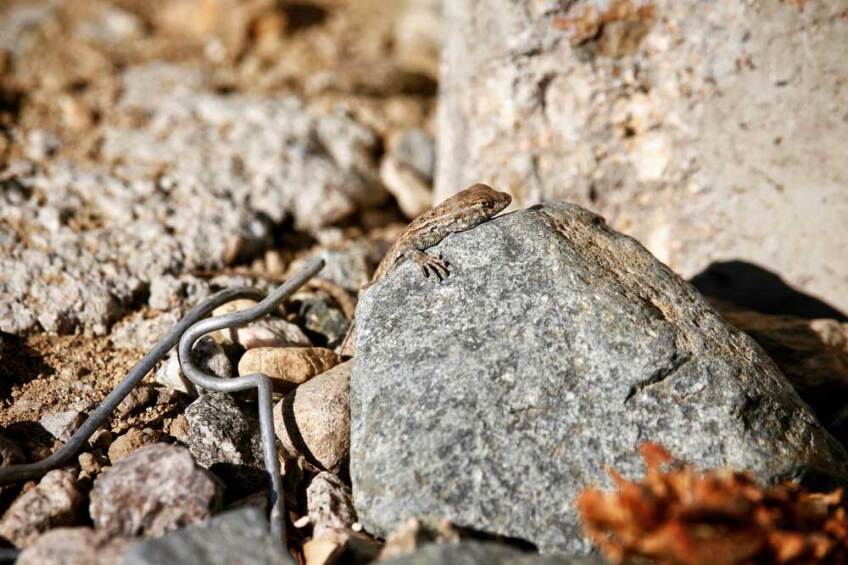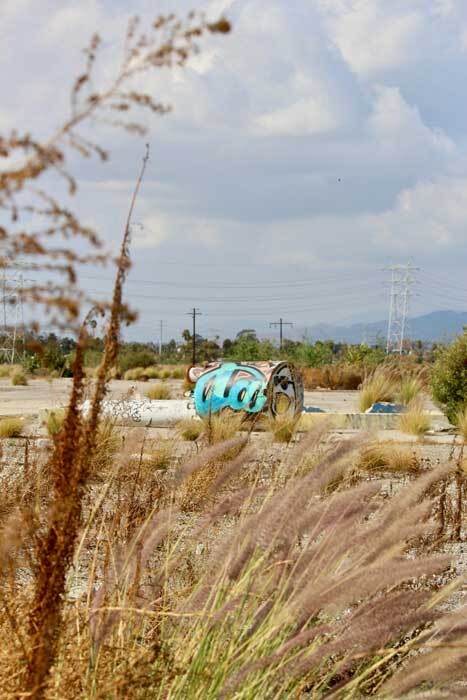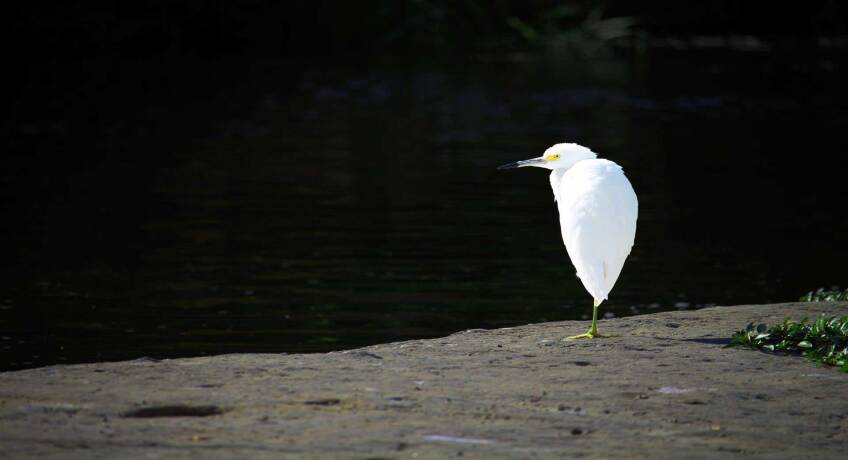Photo Essay: Taylor Yard - A Feral Lot
Published as part of an environmental storytelling partnership with the Laboratory for Environmental Narrative Strategies (LENS) at the University of California, Los Angeles. The first storyline focuses on the past, present and possible futures of Taylor Yard, an abandoned and contaminated rail yard adjacent to the L.A. River. Find more stories about Taylor Yard here.
Take a visual walk through the wilderness that thrives at Taylor Yard, an abandoned rail yard where nature and industry intertwine. All photographs and captions by Courtney Cecale.

The G2 parcel at Taylor Yard was acquired by the city of Los Angeles to develop a vibrant new park and restore lost riparian ecosystems on the Los Angeles River in an area once dominated by industry.

Railroad companies used Taylor Yard as a facility for freight switching, storage, and train car repair. Remnants of the railroad run visibly across the property, while contamination lurks beneath the surface of concrete and soil.

Nature and industry are intertwined here, with historical remnants of Taylor Yard decaying and twisting into organic shapes amid the rubble.

More recently, visitors have left their signs and left behind their own remnants at Taylor Yard. Abandoned clothing, broken bottles, and empty prescription pill containers can be found in the nooks and crannies of the old rail yard.

A western fence lizard, a common native species, suns itself among curly remnants of a chain-link fence. Though the soil is contaminated, a variety of critters, from desert cottontails to coyotes, live among the ruins.

Red imported fire ants arrived in California just two decades ago from South America, and tend to make their homes in sunny, open areas like the G2 parcel. Their presence shows how urban ecosystems are globally connected and constantly changing.

Some of the infrastructure left behind by the railroad seems to have taken biomorphic form, too, aided by creative graffiti.

Can we still find and celebrate the sacred in a place used and abused for more than a century?

The future of Taylor Yard waits patiently in plain sight.


